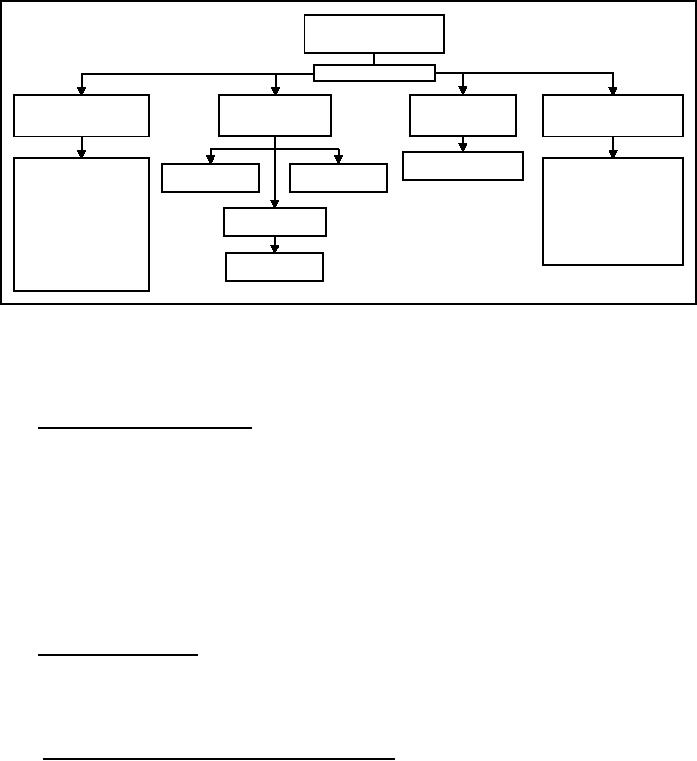
JOTP-011
5 December 2014
EMPIRICAL S3
TEST PROGRAM
Initial Inspection
Non‐Sequential
Sequential
Sequential
Non‐Sequential
Environmental Tests
Environmental Tests
Tests/Assessments
Tests/Assessments
(Live Munitions)
(Live Munitions)
(Inert Rocket Motors)
(Inert Munitions)
Rocket Motor Burst
· Electromagnetic Effects
· Hazard Classification
Rocket Motor
Dynamic
Test
· Insensitive Munitions
· Operations/Maintenance
Firings
Firings
· Software Safety
· Fuze Safety
· Firing Circuits
· Demilitarization/Disposal
Additional Climatic
· Mould Growth
· Health Hazard
· Contamination by Fluids
· Explosive Material Qual
Environments
· Weapon Danger Area
· Warhead Arena
· Safety Drops
· Pressurization
BTCA
· UNDEX Shock
(Full or Reduced)
· Lightning Hazard
Figure 4. General S3 test flow for surface and underwater launched munitions (empirical
approach).
8.3 ENVIRONMENTAL TESTS.
Appendix C provides descriptions of the environmental tests required by the S3 test flows
presented in Appendix B. Background and rationale for these tests are provided in Appendix A.
An attempt has been made to address all environments described in Annex A of AECTP 100 based
on the representative LCEP for surface and underwater launched munitions. Whenever possible,
environmental test details are deferred to the MIL-STD-810 Methods referenced in the sequential
test procedures. For test methods which are not currently covered by MIL-STD-810, reference
should be made to the appropriate International Test Operations Procedure (ITOP) or other
International document.
8.4
OPERATING TESTS.
Appendix D provides descriptions of the firing safety and component level tests required on
munitions that have undergone sequential environmental testing.
8.4.1 Firing Safety Tests (Unmanned Dynamic Firing).
Appendix D, Annex 1 describes the firing safety tests required for munitions that have undergone
sequential environmental testing to evaluate firing safety (at motor ignition); munition operation,
launch, and flight safety; and warhead minimum arming distance. The unmanned firings are also
used to evaluate the need for additional testing. Health hazard and Weapon Danger Area data
should be acquired during dynamic firing tests as described in Appendix D. Validate and refine
the analytical Weapon Danger Area models as described in paragraph 6.2.3. Background and
rationale for these tests are provided in Appendix A, Annex 2.
16
For Parts Inquires call Parts Hangar, Inc (727) 493-0744
© Copyright 2015 Integrated Publishing, Inc.
A Service Disabled Veteran Owned Small Business